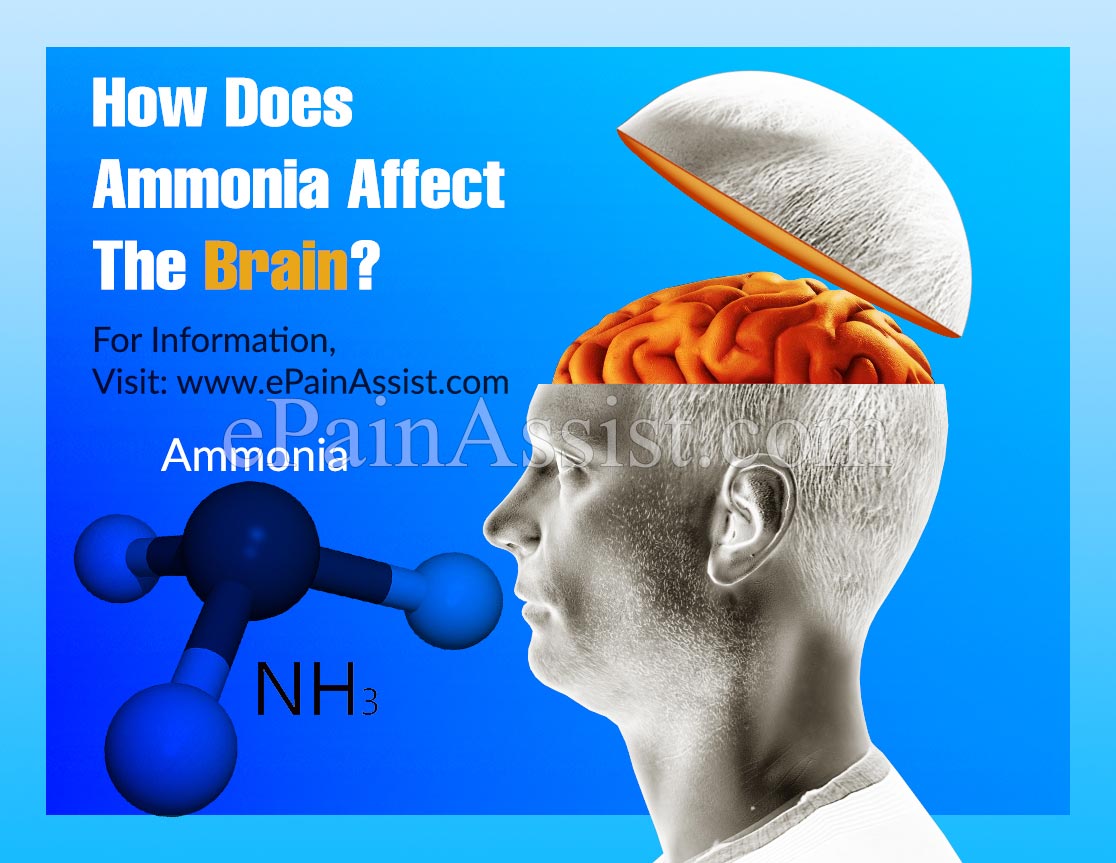Neurotoxic agent ammonia is produced by amino acid metabolism and intestinal urease-positive bacteria. It is produced by gut bacterial degradation of amines, amino acids, purines, and urea as well as enterocytic glutaminase activity that converts glutamine to glutamate and ammonia. The urea cycle takes place in the liver exclusively, which convert’s ammonia to urea prior to renal excretion and maintain low serum concentrations. Whereas, the brain cannot convert ammonia to urea, but ammonia is also maintained at low levels in the central nervous system by the astrocytic enzyme glutamine synthetase, which synthesizes glutamine from glutamate and ammonia.
In the course of liver failure and cirrhosis, the impairment of the hepatocytes results in the decreased amount of ammonia detoxification in the liver. This causes excess accumulation of ammonia because of their incapability to undergo urea via the Krebs-Henseleit cycle. In the blood, ammonia exists in gaseous (NH3) and ionic (NH4+) form. The electric charge of the ammonium ion prevents its passage across the blood-brain barrier so that ammonia gets access to the brain through diffusion of the gaseous form, the fraction of which however is rather small at physiological pH levels. In the brain, ammonia is metabolized into glutamine by binding to glutamate through the glutamine synthetase. It has been debated for years whether blood ammonia enters the brain by passive diffusion and/or active transport by ion-transporters and that changes in blood pH could affect the blood-to-brain transfer of ammonia.

How Does Ammonia Affect The Brain?
Glutamine has been shown to have a key role in the brain toxicity induced by ammonia. Glutamine increases the osmotic pressure within the astrocyte resulting in morphologic malformations similar to those seen in Alzheimer’s disease Type II. Furthermore, astrocyte swelling stimulates the formation of reactive oxygen species that further increases astrocyte swelling. It is believed that the glutamine produced from ammonia is transported from the cytoplasm to mitochondria where it is again converted back to glutamate and ammonia. This results in mitochondrial dysfunction, increasing production of reactive oxygen species.
Hepatic encephalopathy is divided into two broad categories based on severity, covert and overt hepatic encephalopathy. Overt hepatic encephalopathy is associated with increased rates of hospitalizations and mortality and poor quality of life. Ammonia plays a key role in the pathogenesis of overt hepatic encephalopathy. This criteria grades the neurological deficits seen in overt hepatic encephalopathy patients, including motor system abnormalities and behavioral or personality changes, which means a higher risk of developing brain damages.
Brain edema has been described in all situations of acute hyperammonemia and has been associated with plasma levels of ammonia in fulminant hepatic failure. Brain edema is a complication of fulminant hepatic failure, which can progress to intracranial hypertension and death. Brain edema has been frequently regarded as a distinct entity, dissociated from the neurological features of hepatic encephalopathy. However, several lines of evidence relate brain edema to hepatic encephalopathy. Although intracranial hypertension is a common problem in patients with fulminant hepatic failure in coma, the development of high intracranial pressure in patients with cirrhosis in a deep coma is only occasionally documented.
Conclusion
As a result of a liver dysfunction, ammonia cannot be cleared adequately and consequently, ammonia concentration rises in the blood and crosses the blood-brain barrier leading to brain edema. Ammonia in solution is composed of a gas and an ionic component which are both capable of crossing plasma membranes through diffusion, channels and transport mechanisms. Continuous exposure of ammonia in the brain can lead to serious physiological disturbances. Astrocytes and neurons are significantly affected because of elevated concentrations of ammonia in the brain.
Astrocytes swelling, neurotransmitters dysfunction, neuron dysfunction, deficits in response, impairment of memory and learning, and sleep disturbances with excessive daytime sleepiness are some of the impact of hyperammonemia in the brain. These direct effects of elevated ammonia concentrations on the brain will lead to a cascade of secondary effects and encephalopathy.
- Hyperammonemia in Liver Disease.” The New England Journal of Medicine. https://www.nejm.org/doi/full/10.1056/NEJMra022139
- The role of ammonia in hepatic encephalopathy.” Journal of Clinical and Experimental Hepatology. https://www.ncbi.nlm.nih.gov/pmc/articles/PMC5546966/
- Ammonia and Astrocyte Swelling in Hepatic Encephalopathy.” Metabolic Brain Disease. https://pubmed.ncbi.nlm.nih.gov/24068663/
- Brain Edema in Fulminant Hepatic Failure: Pathogenesis and Relationship to Intracranial Hypertension.” Metabolic Brain Disease. https://pubmed.ncbi.nlm.nih.gov/21769525/
Also Read:
